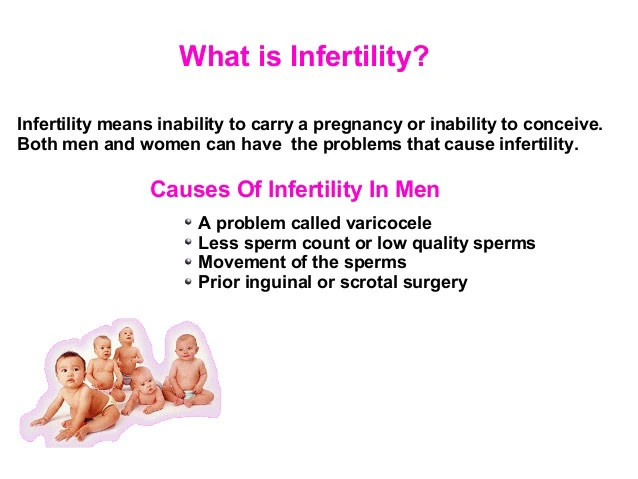October 04, 2024
- Infertility today is no longer constricted to be a female problem. In fact the term infertility is a broad term often loosely used. It actually refers to a range of disorders found both in males and females which contributes to a childless couple. WHO (World Health Organization) defines infertility as failure to conceive despite two years of cohabitation and exposure to pregnancy.
- India, though a constantly globalizing country economically and in other aspects, in terms of infertility, still hides under the shroud of oblivion, refusing to face the truth. Studies have however shown that male infertility is almost as high as women in India. One of every five healthy men between the ages 18 – 25 suffer from abnormal sperm count.
- According to a report conducted by the International Institute of Population Sciences, infertility is growing at an alarming pace, especially in the cities.
- The report said that in India, 13 percent of ever-married women aged 15-49 years were childless in 1981 (rural 13.4 percent and urban 11.3 percent) which increased to 16 percent in 2001 (rural 15.6 percent and urban 16.1 percent). Over half of married women aged 15-19 years were childless in 1981, which increased to 70 percent in 2001.
- The best infertility clinics around the world have a success rate of about 40-50 percent. In other words, 60 – 50 percent of ART (Assisted Reproduction Technology) treatments remain unsuccessful. In some cases the ART cycle maybe repeated to achieve success while in others, medical experts will be able to provide a definite cause for failure. However there are also cases where doctors are unable to explain the cause for an unsuccessful pregnancy or why the treatment failed.
